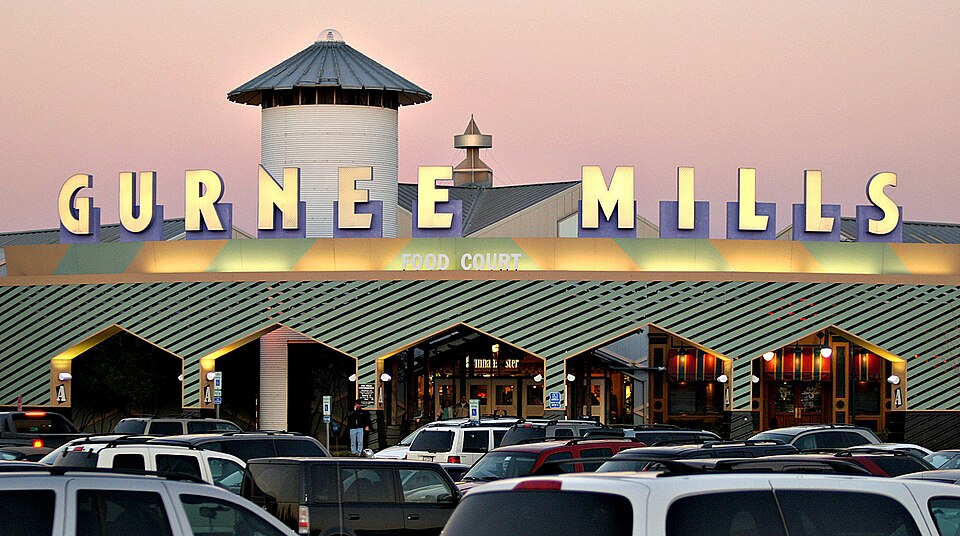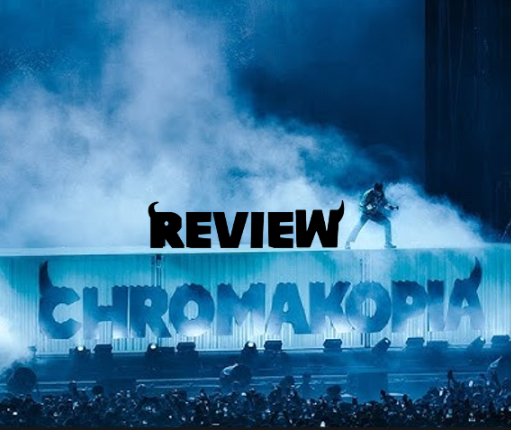Illinois’ rich movie history
Chicago isn’t all about its hot dogs and deep-dish pizza, but it houses a deep history of the film industry
The iconic Chicago skyline has been featured in many films throughout the decades, symbolizing how far the city has come in its history and people and shaping the way people think when they hear about the Windy City.
December 8, 2021
Chicago, famous for its hot dogs, deep-dish pizza, and Skydeck in the Willis Tower is home to 2.7 million people, however not many know its history in creating, filming, and producing movies throughout the years.
In 1907 the film industry started to take a huge boom in Illinois changing the way people tell and show their stories to the public. The History of Chicago Film and Movie stated that in “1907 more than 15 film exchanges were in operation in Chicago, controlling 80% of the film distribution market for the entire country,” making Chicago have more film theaters per capita than any other city. Chicago created five-cent theaters, or “nickelodeons” as their main system of showing films. These nickelodeons grew through the years leading up to World War I, helping open new film venues and commercial development in Chicago neighborhoods.
In 1908, Chicago became the center of the independent movement: the effort to make, import, and distribute films instead of going through a large film industry to procure a film. Chicago became the original home of the largest theater chain in the studio era from 1919 to 1952. Then, again 28 years later, Chicago became the center of movie production consistently, ranking third and fourth out of the 50 states to spend large sums of money in film production.
In the 1980s through the early 2000s, movies, and TV shows were filmed in Chicago and the Chicagoland area. Groundhog Day was filmed in The Cherry Tree Inn where Phil Connors stayed in the Victorian bed and had breakfast. The TV show Shameless filmed a few weeks each year for the houses of characters like the Gallagher family, Sheila, and Kevin in Chicago. One of the most beloved Christmas movies of all time, Home Alone was largely filmed in Chicago- the McCallister’s house can be found at 671 Lincoln Ave, Winnetka, IL, now having the value of 2 million dollars. Even John Hughes’s 80s movies like The Breakfast Club and Ferris Bueller’s Day Off were both filmed at Glenbrook North High School within a year of each other according to A tour of Ferris Bueller’s Chicago.
There are many places that are highlighted in these fantastic films picturing the landscapes of Illinois and Chicago, but the most iconic film that captures the beauty of Chicago is Ferris Bueller’s Day Off when a group of seniors create their own ditch day by traveling all around Chicago. A tour of Ferris Bueller’s Chicago gathered information about the fundamentals of creating the film, finding out that “the movie was a ‘love letter’ to the city from filmmaker John Hughes. ‘[He] really wanted to capture as much of Chicago as [he] could. Not just in the architecture and landscape, but the spirit” by capturing Glenbrook North High School, the students, and the teachers not only in the film but for many years to come. Also, when Ferris and his gang go to Wrigley Field for a nice baseball game he interacts with the crowd and the spirit of Chicago Cubs fans! An easter egg that many might not know is when Ferris catches the foul ball from the game, he later uses it to turn off the snoring soundtrack in his bedroom at the end of the movie.
Besides the famous Art Institute of Chicago, Wrigley Field, and Willis Tower that many Chicagoans know and love, try going to Lake Shore Drive to see a divided view of the clear blue lake on one side and Chicago skyscrapers on the other, while driving in your dad’s Ferrari, much like Ferris Bueller’s best friend, Cameron Frye. Then grab a bite to eat at Italian Village, “the last old school Chicago dining rooms” that opened in 1927 still thriving and surviving amazing Italian dishes. Chicago isn’t all about its hot dogs and deep-dish pizza, but it houses a deep history of the film industry by controlling a large part of the film market in the early 1900s, supporting the independent movement for movie creators, and sharing the interesting landscape of Chicago with impacting films throughout the generations. Remember what Ferris said: “Life moves pretty fast. If you don’t stop and look around, you could miss it.”








































